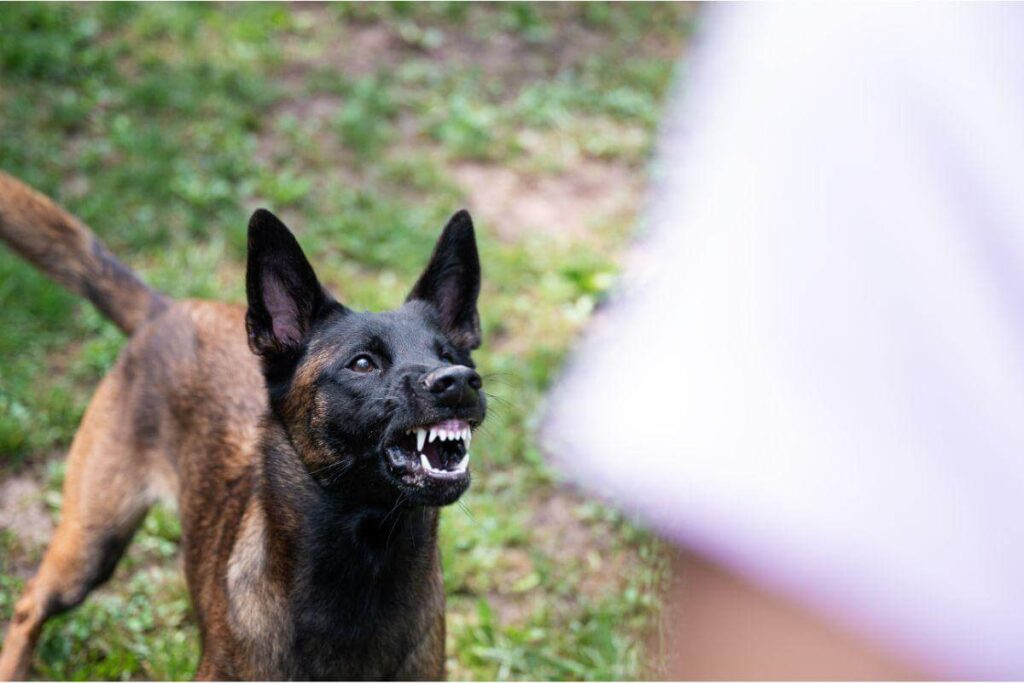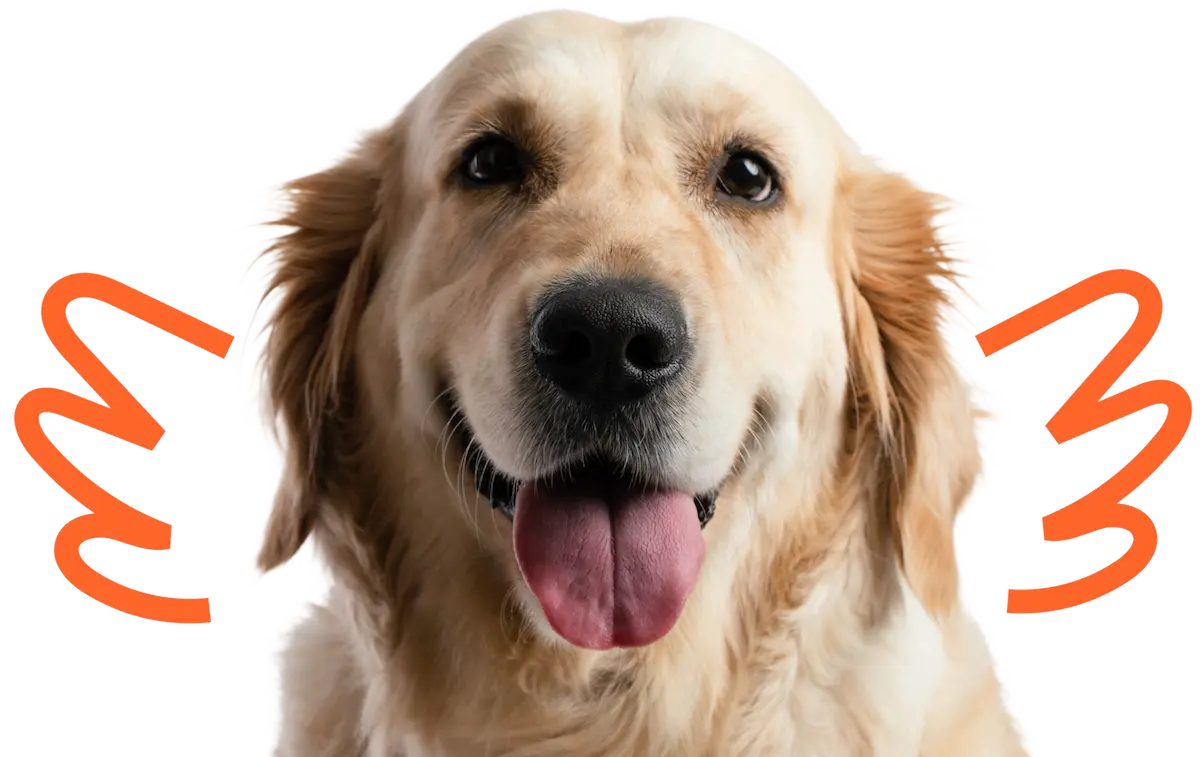In this latest blog, Regan, social media manager for GoWalkies, talks about her recent experience in managing Food Aggression for her recently adopted Rottweiler, Lollie, whilst also providing top tips and insights into what Food Aggression is and how best to manage it.
What is Food Aggression?
Food aggression can be a worrying and sometimes dangerous behaviour. It is a form of resource guarding and can be directed towards humans and/or other animals. Essentially, it results from your dog becoming defensive over its meals or treats. The dog could bare its teeth and growl, lunge towards an approaching person/animal or in some cases even bite.
If you have a dog with Food Aggression, feeding times can become stressful for both you and your pet(s), and is something I have recently experienced with my adopted Rottweiler, Lollie.
Spotting Food Aggression
When your dog is eating you may notice their body is stiff, they seem “on guard” and their hackles may be raised. Some other signs are leaning over their food, showing the whites of their eyes, with their ears pinned back.
When meeting Lollie we were advised that she displayed signs of food aggression. Therefore, I immediately knew I would have to work on this straight away for the safety of my other dog, Brody, and the rest of my family. For her, the vast changes may have been very stressful for her, and we do not know what she experienced in previous homes. However, this is not always the case, dogs may develop food aggression and become possessive over food for many other reasons too.
What will help?
If your dog shows signs of general resource guarding around toys, resting places or even people, use the target object in place of the food.
We advise that before trying any of the below techniques, you asses the level of your dog’s aggression and your confidence. If you are feeling nervous or scared, your dog will pick up on this and will likely feel more threatened. Also, if your dog’s behaviour is moderate to severe and there is a risk of you being bitten, you should consult a professional and do not attempt to resolve this issue on your own.
Stick to a consistent time schedule.
If your dog’s aggression derives from them not knowing when they will eat again, you can ease their anxieties by sticking to consistent feeding times and routines. Dogs have surprisingly good body clocks. They learn when they would usually go for a walk, when you may leave for work and when they are about to have dinner. If they know when they are eating again, they should be less likely to protect their current meal.
Get your dog comfortable with your presence when eating.
If your dog learns that you being near their food, doesn’t mean it is being taken away they will not feel a need to guard it. It is also important that you do not harass your dog while they are eating, I have never had to take my dog’s food away whilst they were eating, they are simply trained so that I could if the emergency situation arose.
Paw for thought…How would you feel if you were hungry, finally sat down with your dinner and someone kept touching you, taking your plate away, or generally disturbing you? You would need great patience not to snap at them to leave you alone. That is sometimes what your dog is saying.
Some techniques for building this trust around food include holding bones whilst they are chewing them and when they are eating from their bowl drop some more food in – but, only do this step if your dog will allow you close to their bowl when they are eating!
If you have children, make sure they do not go near the dog or their food when they’re eating. If you other have pets, consider feeding them apart and teach them to respect eachothers’ space when eating. If you dog is a threat to other pets in the household, feed them in separate rooms, so they cannot see each other with a physical barrier between them. In more severe cases, even the scent of other dogs can trigger food aggressive behaviours.
Use meal times for training and hand feeding.
My dogs are raw fed, so I wear rubber gloves to hand feed my dogs and make them work for their food. This would be even easier with kibble fed dogs, and probably less messy.
Be aware that sometimes hand feeding can become a habit, and dogs will not eat unless you are holding the food – keep an eye out of for this and hand feed intermittently if this begins to happen.
Whilst handfeeding teach your dog to “leave”, this is an essential command for all dogs to know, especially those which guard objects and food. Once your dog knows to leave, you should begin waiting for eye contact before releasing. This should be built up to getting eye contact before giving any food or treat.
Do not take things away unless necessary.
These last points are all about maintaining the trust we have built using the above techniques. If your dog has taken a dangerous item of food, for example a cooked bone, then it is necessary to remove it. This is when your “leave” command comes into practise. If the food your dog has taken is not going to hurt them, it is best to leave them alone and not endanger yourself. To prevent your dogs from taking food you do not want them to have, keep it out of reach, teach them not to counter surf or linger around the table / you when you are eating.
If they are not training, leave them alone to eat.
As mentioned above, there will rarely be any instance where you have to stop your dog from finishing their meal or treat. However, if the treat becomes a danger and you need to throw it away or there is a chance they may be disturbed whilst eating, by a small child for instance, you should have confidence that your dog will not react in a threatening way and it will be safe for everyone.
Maintain realistic expectations.
This is not something your dog will pick up overnight and it will take a lot of time, practice and patience – we often expect our dogs to have greater self-control and patience than we would ever have.
We actively encourage owners to change the “perfect pet” goal, your dog has experiences, emotions and drives which tailor them into individuals who make choices. If your dog doesn’t do everything perfectly it does not mean you are a bad owner, it just means you are raising a healthy dog, with their own unique personality.
If you ever have any questions, please contact a member of the GoWalkies team via Facebook, Instagram or Twitter.


